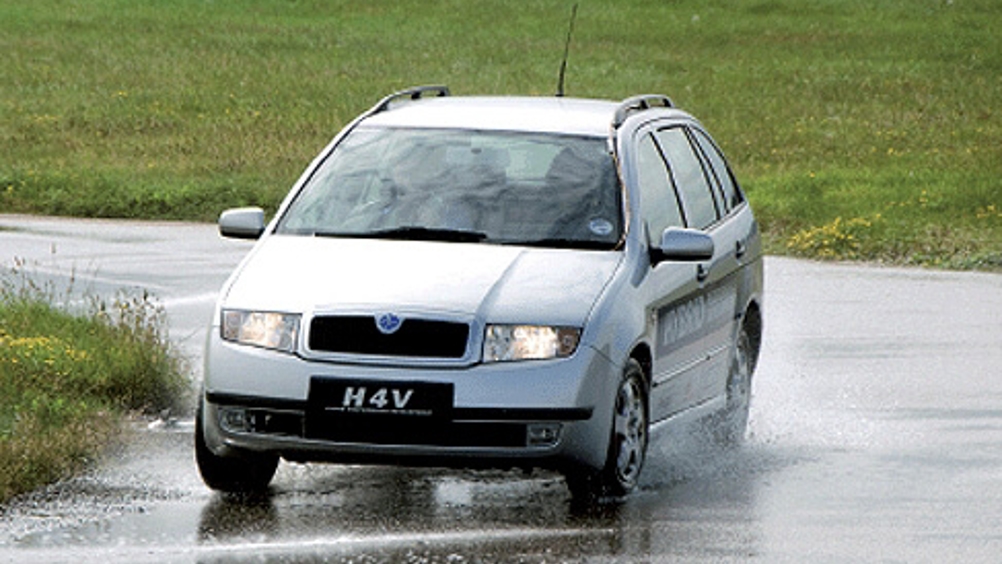Control system could improve the agility of hybrid vehicles
MIRA has developed an Electric Dynamic Control (EDC) system designed to enhance the driving dynamics of hybrid vehicles.

The system is reported to deliver improvements without compromising requirements for low emissions, safety and driver feedback.
It is said to increase the agility, stability and manoeuvrability of hybrid vehicles, while also allowing them to perform ‘controlled drifts’. The developers claim that the system is energy efficient and unobtrusive, which means the benefits do not put any additional strain on the battery or deliver any negative feedback effects to the driver.
Lorenzo Pinto, a simulation specialist at MIRA, told The Engineer: ‘A concept was initially developed using simulation tools and once we had a clear idea of what features we could achieve, we transferred the control logic onto the prototype and started the validation and refinement phase.’
The prototype vehicle was MIRA’s Hybrid 4-Wheel Drive Vehicle (H4V), a series/parallel hybrid retrofit to a 1.4-litre Skoda Fabia. Pinto explained how the system has been proven on this vehicle despite the fact it was not designed specifically with EDC in mind, both in terms of the powertrain and the chassis.
Register now to continue reading
Thanks for visiting The Engineer. You’ve now reached your monthly limit of news stories. Register for free to unlock unlimited access to all of our news coverage, as well as premium content including opinion, in-depth features and special reports.
Benefits of registering
-
In-depth insights and coverage of key emerging trends
-
Unrestricted access to special reports throughout the year
-
Daily technology news delivered straight to your inbox










Water Sector Talent Exodus Could Cripple The Sector
Maybe if things are essential for the running of a country and we want to pay a fair price we should be running these utilities on a not for profit...